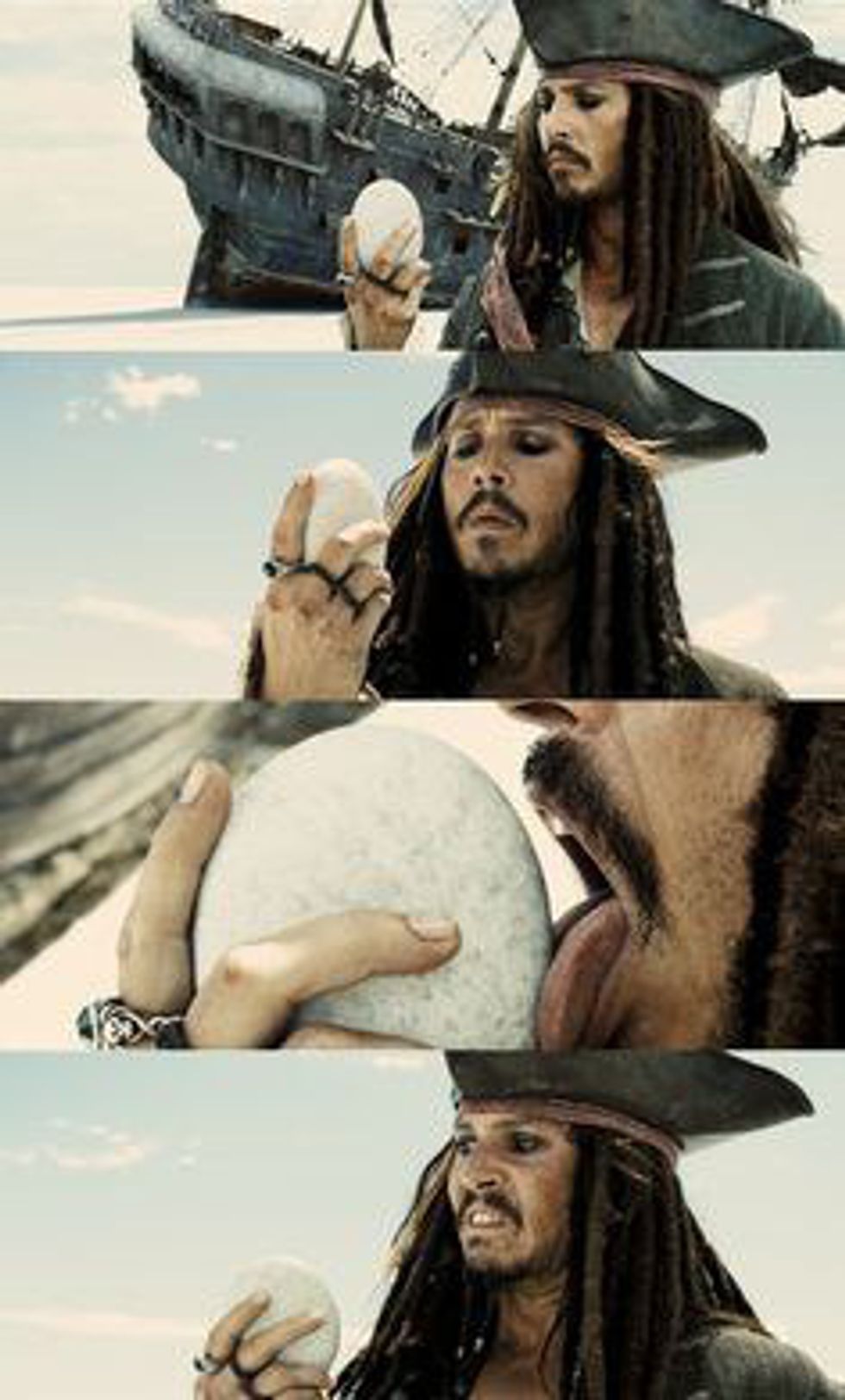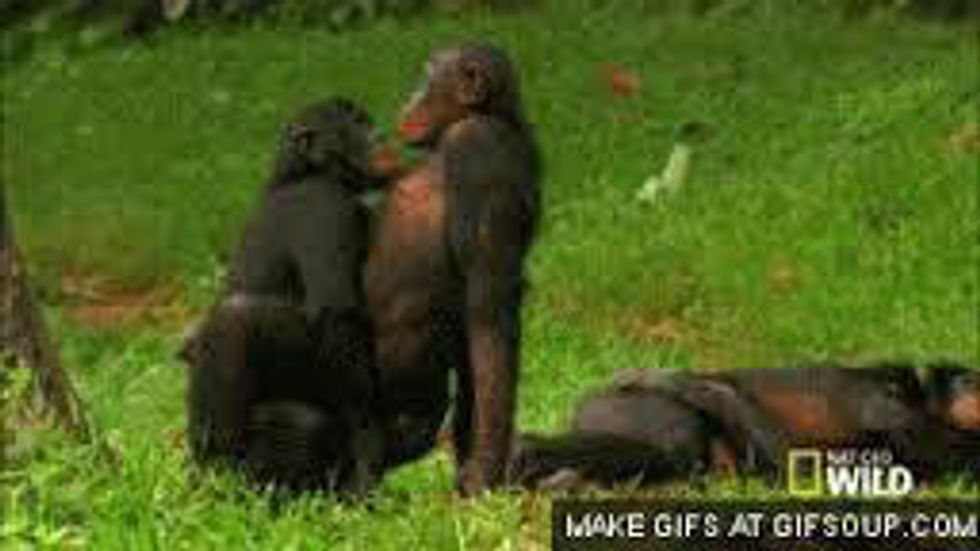David Bowie
(1976-1979)
Since his passing in January of this year, hundreds, perhaps thousands of writers have penned tributes and examinations into the massive and complex career of David Bowie. 25 studio-albums, soundtracks, countless roles in films, concert tours, paraphernalia, and a permanent status as an important cultural icon.
This is an examination of a single fragment of the monumental achievements of Bowie, the Berlin Trilogy.
II
1977
In 1977, David Bowie released his 11th album Low on the 14th of January. The album did not initially meet the commercial expectations of its label, RCA Records, though it did warrant a #3 UK Single in the track “Sound and Vision”. The commercial lukewarmth of the album was not of importance: it’s musical significance was, and many critics and fans were aware of this.
In the summer before the “Heroes” sessions, Bowie was still in Berlin, but he was working on a different album, Iggy Pop’s second solo record, Lust for Life. Iggy Pop and Bowie were roommates in their apartment in Berlin, and Iggy’s last record The Idiot had been as much a partner to Low as Lust for Life would be to “Heroes”.
The recording forLust for Lifewas exemplary, and most significantly saw Iggy Pop using a unique improvisational lyricism style that would be a great influence on Bowie for “Heroes.” This album was under considerably less Bowie-control than The Idiot, and Iggy Pop’s unique and endearing personal touch is way more evident. Perhaps, this leads to Iggy inspiring Bowie, which works greatly to his advantage moving into the next set of sessions. The Lust for Life sessions ended in June, the “Heroes” sessions began in July and lasted until August.
“Heroes” was recorded entirely in West Berlin, at Hansa Studio by The Wall. Aptly titled, the studio was literally yards from the Berlin Wall. While the ghosts of Germany, Poland, the USSR and the Cold War, seemed almost to have a consuming element on Low, “Heroes” seems almost more encompassing of the uneasy and discomforting feeling of the time. An 18-year-old Berliner was shot dead outside the studio between Bowie’s and Iggy Pop’s sessions. So recording there, it would be difficult to not engage with that kind of intense feeling, the living, breathing military state. When in the opening track “Beauty and the Beast"’s lyrics of the second verse, Bowie sings “There’s slaughter in the air, protest on the wind.” It’s not too difficult to imagine why.
Bowie of course, was still entirely fascinated with Krautrock, as was his co-conspirator for the Berlin Trilogy in Brian Eno. The combination of the continued nod to Krautrock, and the presence of the Cold War, comes most prominently in the first track on the records’ B-side, “V-2 Schneider”, a tribute to the Krautrock band Kraftwerk and one of its founding members, Florian Schneider.
It is also, incidentally, the name of a ballistic missile developed by the Germans during the second World War. “V-2 Schneider” was picked as the B-side to the 7-Inch for the title track “Heroes” and thus became a very beloved song from the album by fans.
“V-2 Schneider” led well into the almost entirely instrumental B-side of the record, with some of the darkest, most disturbing tracks having their spot in the sun here, notably “Neukoln” is an extremely alarming sounding song, whose title one can only begin to attempt to decipher.
“Joe the Lion” is both a tribute to performance artist Chris Burden, as well as Bowie seemingly acknowledging his very personal emotional struggle over the past few years, how difficult it was to just get on with normal life, let alone being a superstar musician and celebrity.
As for the titular “Heroes,” one could pen a hefty essay on the genius of the song, both as pop music and as experimental art. The genius in it, the lyrics, the optimism and personal-ness is overwhelming, the tear-bringing imagery of weeping lovers, separated by that dreadful wall.
While we cannot know, obviously, what the song is about there have been some very keen deductions regarding its subject matter. Specifically, Visconti at the time, was seeing Bowie’s backup singer Antonia Maas in a secret love affair. Bowie talked to Performing Songwriter magazine about it in 2003: “…At the time, Tony was married. I could never say who it was (laugh)…The marriage was in the last few months, and it was very touching because I could see that Tony was very much in love with this girl, and it was that sort of relationship that motivated the song.”
The guitar, that so affluently brings the tune to perfection, was played by none other than Robert Fripp of King Crimson fame. He was already a longtime studio musician contributor and had collaborated with Brian Eno on several of his albums in the past already. Both Eno and Bowie urged him to Berlin where he came for a single weekend to record.
Fripp recorded three takes of the guitar for “Heroes” not knowing the structure for the song at all. It is commonly incorrectly thought that the guitar was manipulated with ebow, a common guitar effect adding electromagnetic string driving device. However, it was Eno treating it with synth that gave it its strange sound. Then, after three takes were recorded, Fripp or Visconti (It’s contested who actually suggested it), in complete earnest suggested playing all three tracks played together. The effect was magical.
Upon its release, the album was a financial success. Though, it charted slightly less well than Low at first, it sold better overtime and has gone to enormous acclaim and critical prowess.
1978
Beginning in March, Bowie departed on another world tour, dubbed Isolar IIafter his Thin White Duke Tour from 1976 Isolar. This tour would consist of 77 shows, in 15 countries. Bowie would premiere songs from Low and “Heroes” for the first time, performing them and blowing away fans.
A significant noteworthy addition to the Bowie team would be touring guitarist Adrian Belew. Belew, famous for his solo records and work with Frank Zappa, King Crimson and Nine Inch Nails. Belew did excellent guitar for Bowie on stage, expertly coordinating Fripp's guitar parts live, and had great chemistry with Bowie on stage. He would go on to record on the final Berlin record as well in 1979.
The tour was used as a catalyst for Bowie’s second live album release, a double-album called Stage, released in that September. It was made of recordings from Isolar II shows in the northeastern United States.
The first disc featured highlights from Ziggy Stardust and Station to Station, the second was made up of songs from Low and ”Heroes”. Stagewas criticized by some for its lack of a rock concert presence, while it was praised by others, alongside the Isolar II tour, as offering comprehensive live renditions of the electronics and ambiance featured on the Berlin records.
In the years since its release, Stage has come to a certain fondness among Bowie fans, considered by many to be a considerably better release than its predecessor, the live album David Live from 1974.
Several events have occurred since the release of “Heroes” that pertain directly back to it.
Philip Glass, the modern-classical minimalist composer, recorded a symphony inspired and interpretive of the album, A Symphony No. 4 entitled Heroes in 1996.
In 2013, After a hiatus of nine years, Bowie released his 23rd studio album The Next Day which featured a doctored cover of ”Heroes” with the title and picture blotted with a large white box and black slash mark, an acknowledgement to its achievements, certainly.
Finally, in June of 1987, a decade after the release of “Heroes”, Bowie would return to Berlin, and take part in the Concert for Berlin singing in front of the Reichstag in Berlin in protest. This was seen as a key early moment in what would eventually see the Wall crumble, two years later. A monumental, defining moment.
Next time, We conclude with the often overlooked third album, Lodger...
















































